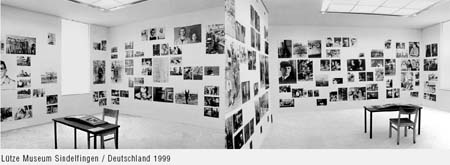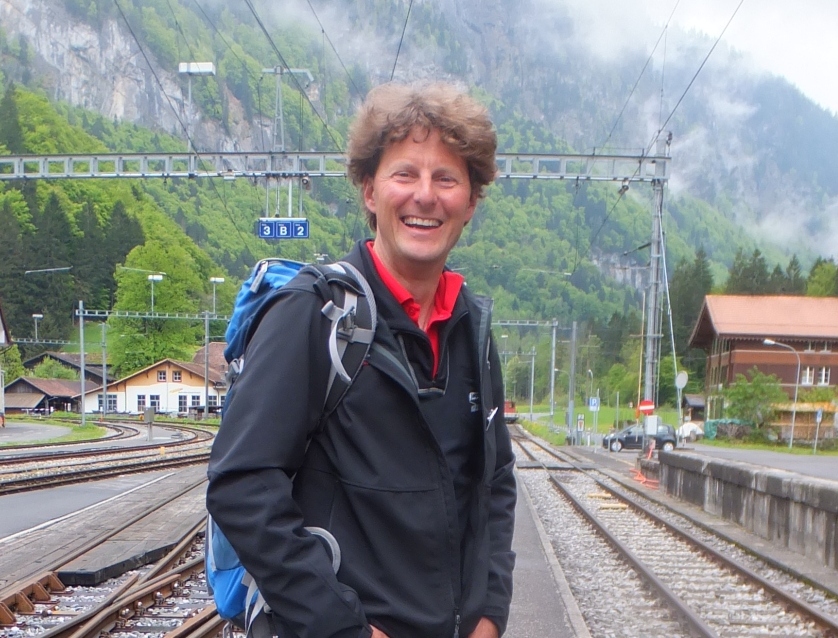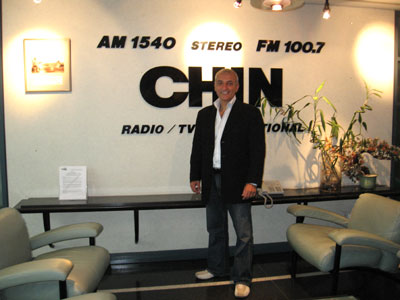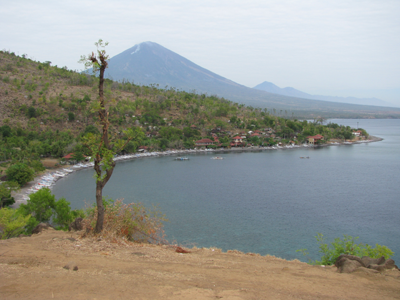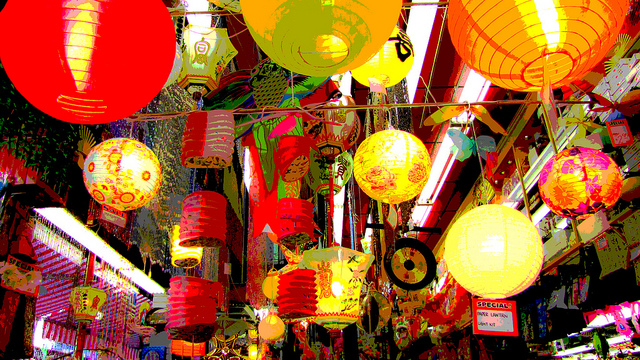6. In what cities has the exhibition been shown? What was the reaction to the „Asservate“ photo exhibit?
So far the exhibition has been shown in 16 different locations, in German museums in larger and smaller cities, but also in the Netherlands, among other places. There was a sequence of reactions that was always the same: the viewers discovered themselves in the images time and time again with their own family histories. In very few cases people actually talked about the real persons that were the topics of the exhibition. In the Netherlands the media asked what is this German woman trying to tell us? We don’t have anything to do with this war, etc. In Germany there was a great media response. Apparently I had hit a blind spot.
7. Please tell us about the project „Bueno!“. Where did the idea come from, how did Michael and you complete it?
We worked on the Trilogie for a total of 10 years. We always knew that the project Asservate could not remain by itself. Trilogie consists of an imaginary cycle.
Part 1: personal German history
Part 2: German emigration, affecting all Germans who had to leave Germany
Part 3: the campaign of conquest of the German Wehrmacht and its failure. This is a very brief synopsis.
In Buenos Aires we were looking for German emigrants who had to leave Germany before, during or after the Second World War. This applies to Jewish refugees as well as to avowed Nazis.
In contrast to the “average German family”, great fissures open up here which could never be closed due to life in exile. They were not hushed up, but rewritten. New old pictures in the albums.
Stories were personally mystified: Whatever had passed in Germany a long time ago had been conserved at the other end of the world. We met Jewish refugees and non-religious leftists, economic adventurers, economic refugees, and last but not least, avowed Nazis. Victims and perpetrators were mixed together at random. The Black Box of the German minority in Argentina brightly reflects the periods of our Germany history because they were frozen in time.
8. In what cities was the photo exhibition shown? What was the reaction to “Bueno!”?
The photo exhibition “Bueno!” has so far only been shown in Buenos Aires, and in part it has encountered the same lack of understanding that it isn’t permissible to show images of victims and perpetrators in one exhibition side by side. The participants, however, had no problem with this. We definitely wanted to show that all these people were Germans and what had become of them.
9. Please tell us about your personal experiences with the German emigrants in Argentina, for example with the Jewish refugees as well as with the ex-Nazis. How are the relationships between these two groups today, what is the story of the second and third generation of these emigrants?
From our personal experiences I can only say that the two groups live side by side and have little to do with one another. For the grandchildren in the meantime, the past hardly plays a role at all. They speak very little German and they see themselves as Argentinean. Little is spoken about the past so that many grandchildren, for example, no nothing about the involvements of their grandparents during the Nazi regime.
But it is also important to clarify that not every non-Jewish German is a Nazi, even in the group that arrived in Argentina after 1945. Unfortunately people often make sweeping statements and people are assigned collective responsibility who did nothing wrong based on their own proper behaviour.
10. Please tell us about your time in Buenos Aires. What did you see and learn during that year?
We experience a multi-cultural city where the German minority is one of many minorities. Buenos Aires is a city of immigrants. We liked this mixture of South American flair and European culture very much and we felt very comfortable there.
11. Please tell us about the project „Sologubowka“ and its historic background. How did you get the idea, how did Michael and you complete it?
In the fall of 2000, the largest cemetery for German soldiers in all of Europe was consecrated in Sologubowka. The small town is 70 km outside of Saint Petersburg. On the huge property only one symbolic grave reminds of the hundreds of thousands of Soviet victims [of the Leningrade Blockade]. We were present during the official German celebrations. We met German army veterans, former Red Army soldiers and Russian civilians, and again recorded sounds and images.
We put everything together in tableaux which also integrate photos from German and Russian photo archives. Removed from their usual contexts, assigning the photos based on criteria of nationality all of a sudden becomes almost impossible. The victims recognize themselves in the perpetrators, the perpetrators find themselves in the victims. A depressing image. Again we show the perspective of historical heritage. The heritage of war.
12. What was the reaction to this photo exhibition? In which cities has it been shown?
This photo exhibition was shown in Saint Petersburg, in the place where the people of Leningrad, or of Saint Petersburg as it is called today, have created a memorial to honour the victims of the Leningrad Blockade. As grandchildren of World War II Germans we had a somewhat strange feeling to have the first exhibition in a memorial that has always only been a memorial since its inception.
The reactions were varied. On one hand, the project was welcomed. After all we did not secretly sneak into this memorial, but we were invited by Russian museums. On the other hand we again encountered a great lack of understanding, especially since we are from Germany. This wasn’t really because of the project itself.
13. Please tell us about your other artistic projects. What else do you have planned?
Trilogie has been completed for 2 years. Currently we are working on a photo exhibition about my high school class.
What has become of the various students after 20 years? We completed high school in 1982, in a time were East and West Germany still existed. We grew up in East Germany in an area that was called “Sperrgebiet” [“Prohibited Zone”] that was very close to the German-German border. We lived on an island inside of an island. That interests us. How did this „island life“ impact on our life today? We can’t say any more abut this at the moment, since we have only been working on this project for a short time. Again, this will be a multi-media project.
Thank you, Susanne. We appreciate your unique insights into using art to deal with personal and national history. Good luck with your future project!
